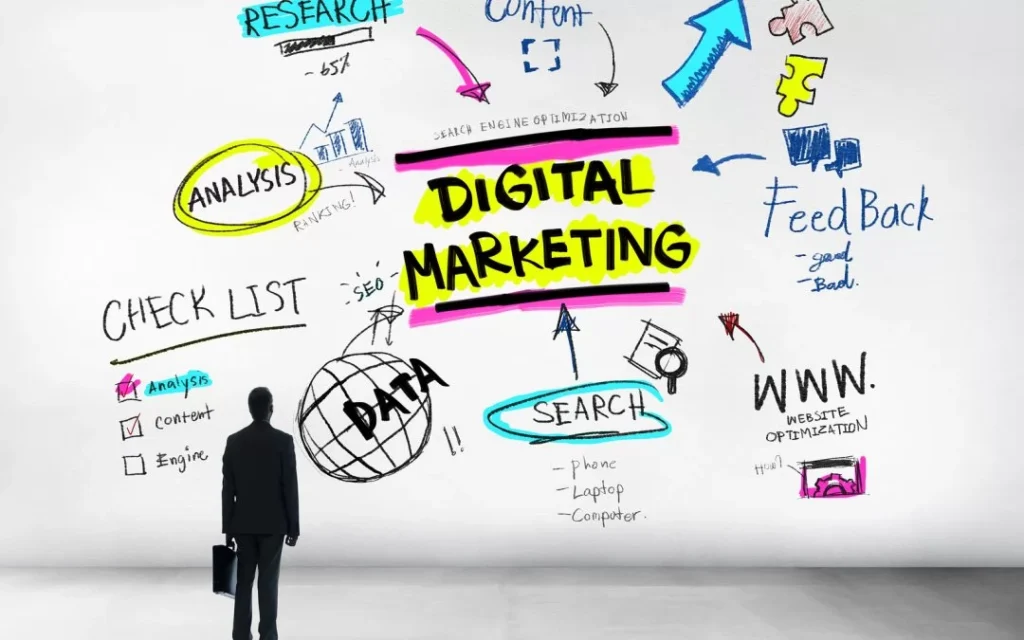How to create website from scratch in 11 steps (for beginners)
Having a website is essential in today’s digital world, whether you’re launching a business, displaying your portfolio, or creating a personal blog. The good news? You can do it without becoming a developer. This easy-to-follow tutorial is perfect for anybody who has ever wondered how to build a website from scratch.
Even if you don’t know how to code, you may still create website by following these 11 easy steps.

1. Decide Your Website's Goal:
Identifying the aim of a website is the first step towards its success. Are you marketing your services, selling goods, or launching a blog? Every other option, including those for content and design, will be influenced by this one.
Typical website objective:
- Create a blog and impart knowledge
- Create an internet store.
- Create website for your CV or portfolio.
- Advertise a nearby or internet company.
2. Select a Domain Name:
Your domain name, such as yourname.com, is the address of your website. It should be:
- Simple to recall
- Associated with your brand or speciality
- Brief and easy
You can quickly verify the availability of domains with tools like GoDaddy or Namecheap.
3. Choose a Platform for Create Website:
Select a website builder or platform (CMS) to develop a website quickly. The best choices for beginners are:
- The most well-known, adaptable, and cost-free website is WordPress.org (you simply pay for hosting).
- Wix is a drag-and-drop editor that doesn’t require any code.
- Squarespace: Elegant designs with easy setup
- Shopify is ideal for online retailers.
For the majority of users, WordPress is the greatest option for complete control and scalability.
4. Purchase Web Hosting:
A web host is required in order to launch your website. It keeps your site’s data safe and allows users to access them. You have to purchase hosting separately if you are using WordPress.
Leading web hosting companies:
- Bluehost (excellent for novices)
- SiteGround
- Hostinger
Select a package that offers customer service, a free SSL certificate, and high uptime.
5. Set Up Your Web Platform:
Your hosting company probably provides one-click setup if you go with WordPress. Following installation:
- Access your WordPress dashboard.
- Begin personalising your website.
This is automatically taken care of during setup by website builders such as Squarespace or Wix.
6. Select a Theme or Template:
The design of your website is determined by your theme. Select one that is mobile-friendly and fits your industry.
- WordPress: Make use of paid or free themes available from the ThemeForest or the dashboard.
- Choose from Wix/Squarespace’s pre-made templates.
Remember that you may always modify it later, so don’t worry too much.
7. Personalise The Design of Your Website:
It’s time to personalise it. Personalise:
- Branding and logo
- Fonts and colours
- Menus for navigation
- Footers and headers
The majority of builders include drag-and-drop editing, which eliminates the need for scripting.
8. Insert Important Pages:
Core pages are essential to every website in order to educate and entertain users. Create, at the very least:
- Home: Your site’s initial impression
- About: Your narrative or business history
- Products/Services: What you provide
- Contact: How visitors may get in touch with you
- Blog: Not required, but excellent for SEO
Ensure that every piece of material is understandable, pertinent, and simple to use.
9. Get SEO-friendly:
You want your website to rank well on Google in order to increase visitors. Search engines can better comprehend your content using basic SEO.
Simple SEO advice:
- Include your primary keyword in headers and titles, such as “create website.”
- Give pages meta descriptions.
- For pictures, use alt text.
- Install WordPress plugins such as Yoast SEO.
10. Before launching, test your website:
To make sure everything functions as it should, preview your website on a variety of platforms, including desktop, tablet, and mobile.
Make sure to look for:
- Broken links
- Grammar or spelling mistakes
- The response on mobile devices
- Page speed (make use of GTmetrix and similar technologies)
11. Promote and Advertise Your Website:
Are you prepared to launch? Click “Publish” to begin sharing!
Advertise your website:
- Post on social media
- Insert it in the signature of your emails.
- Send a submission to Google Search Console.
- Inform your network and friends.
Congratulations! You now understand how to create website from the ground up.
Last Advice:
- Continue adding new information to your website to make it better.
- Add a blog to increase interaction and SEO.
- Regularly update and backup your website.
